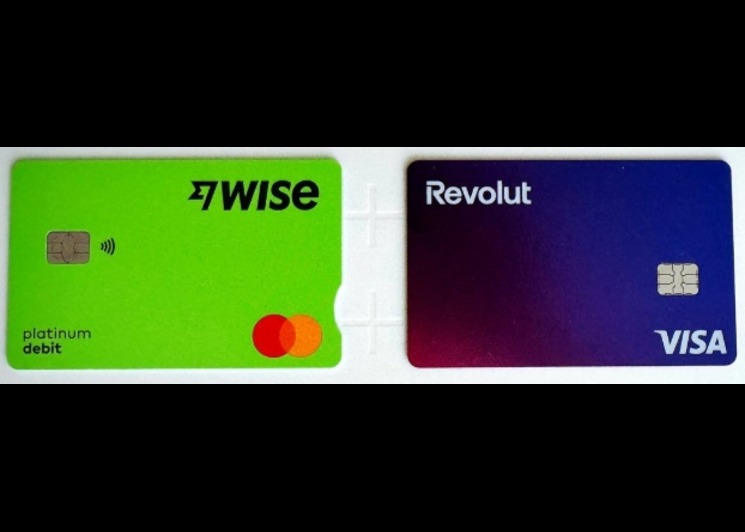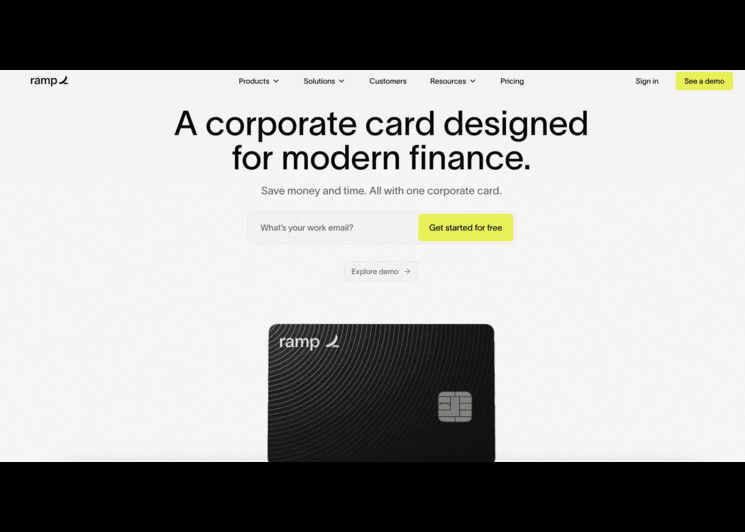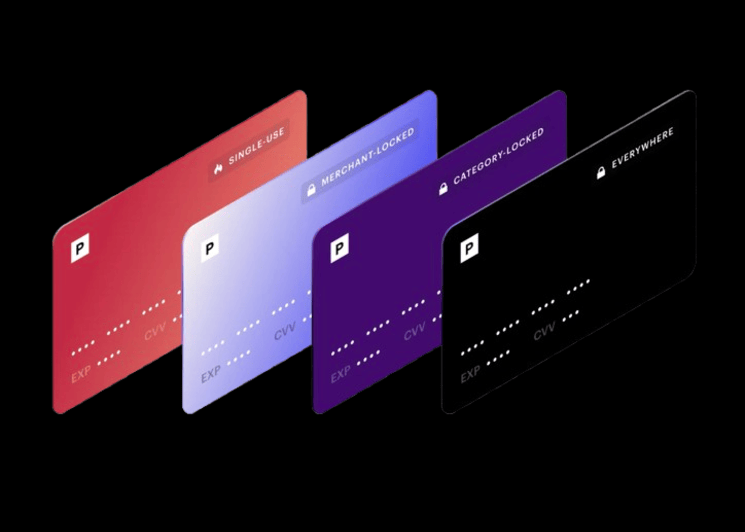Essential Insights on Meta Advertising Upfront Ad Billing
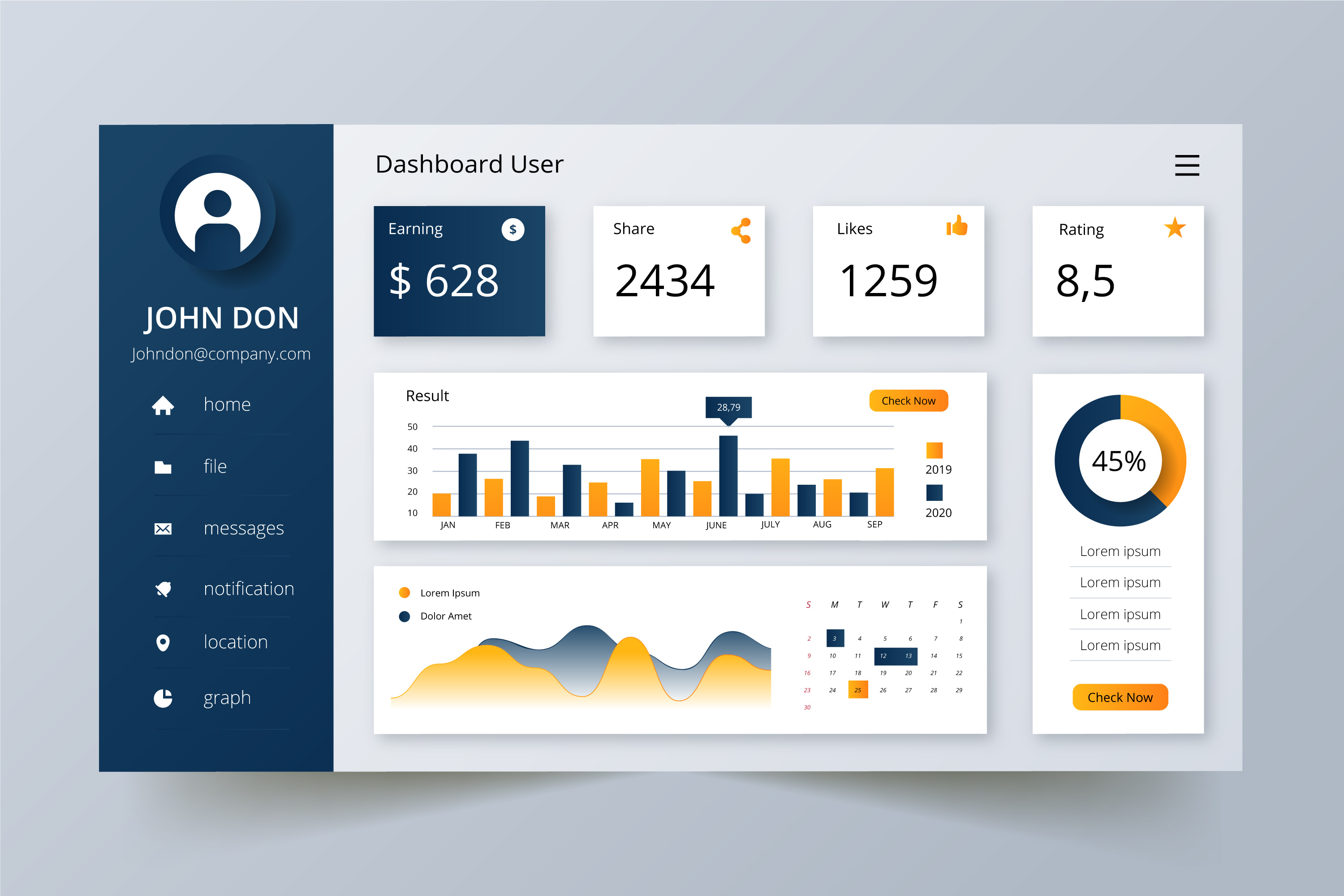
Heard the buzz? Here’s how Ad billing works today.
Meta advertising in 2025 is changing fast, and billing is one of the hottest debates. Reports in late August suggested that Meta Ads might move to upfront billing, meaning advertisers would pay the full campaign cost at launch. For example, a two-day Meta Ad campaign at $10 per day would be charged $20 at launch. Meta later clarified a Help Center error surfaced in old text and that billing options were unchanged, including payment thresholds, monthly invoicing, and available funds. Plan for an upfront scenario, but keep using the documented paths that fit your workflow today.
With Bycard, you stay ready: issue a virtual card per account or campaign, cap it to the approved budget, and preload when needed. Reconcile with card-level logs and tags. Reduce declines with diverse BINs, turn on real-time alerts for first charges and spikes, keep a backup Bycard on file, and swap cards in seconds if required. This approach ensures your Meta advertising budget is controlled and predictable
How upfront billing is supposed to work
Upfront billing charges the full campaign budget at confirmation. The charge equals the budget you set, and you should not be billed above that number. Example: two days at 10 dollars per day leads to a 20-dollar charge upfront. Delivery may still vary with pacing and auctions.
Advantage+ notes
A few posts also said Meta is moving Advantage+ budgeting toward average ad set spend limits rather than min/max. Treat this as directional, not canonical, since it did not appear in Meta’s core docs at the time of writing.
What’s officially live today
Meta’s Help Center still documents:
- Threshold billing, you’re charged when spend hits a level, plus a monthly bill date.
- Monthly invoicing, a credit line for eligible advertisers.
- Available funds, a prepaid balance you top up.
Using Meta Ads strategically helps advertisers forecast spend, control Meta ads cost and avoid surprises in monthly accounting
Meta Advertising: Pros and cons for advertisers
Pros if upfront billing is used
- Predictable cash outflow. You see the full campaign cost at once. No surprise threshold hits mid-month.
- Cleaner approvals. Finance can approve a single amount before launch.
- Simpler caps. If you only charge what you budget, you reduce over-delivery risk.
Cons you must plan for
- Bigger day-one outlay. Funds leave your account before results roll in.
- Paused or under-delivered ads. You fronted money, but performance can lag.
- Refunds and adjustments. If delivery stops early, you rely on timely credits.
Reality check
Digital ad spend is huge and rising, so small billing frictions bite. Forecasts place global ad spend near or above 1 trillion dollars in 2025, with digital roughly three-quarters of that. A lot of cash is moving on tight margins, and billing reliability matters. Controlling Meta advertising spend and tracking Meta ads cost is crucial

Begin Your Meta Ad payment!
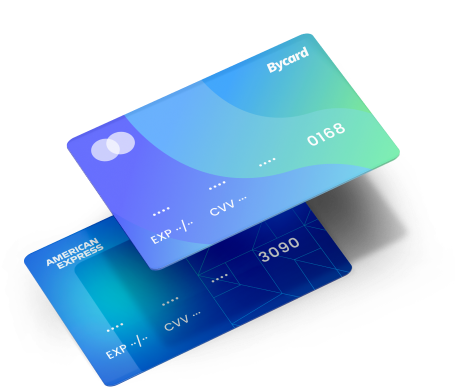
Meta Advertising Strategies to adapt

- Plan budgets ahead
Model cash needs for upfront and threshold cases. Keep a weekly cash ladder that includes ad platform debits to control Meta ads cost. - Start small, then scale
Use short test campaigns. Validate CPA and ROAS first. Then scale Meta advertising campaigns. - Monitor early signals
Read the first 24–48 hours closely. If CTR and CPC miss targets, shift the budget fast. (Benchmarks vary, but many studies peg 2025 Facebook CTR around ~1.5%–1.8% as a directional anchor by industry.) - Add guardrails
Set account spending limits and campaign caps. If you run prepaid funds, top up in smaller tranches. Track Meta ads cost carefully. - Separate risk
Use one payment method per account or campaign to contain issues. That also makes reconciliation easier. - Keep a backup
Store a secondary payment to avoid downtime that interrupts Meta advertising campaigns. Downtime kills momentum.
Meta Ads Billing options that still exist today
- Threshold billing: Meta charges when you hit a set amount, and also on your bill date for any remainder.
- Monthly invoicing: approved advertisers get a line of credit and pay monthly against invoices.
- Available funds: you prepay into a balance and spend down.
Use the mix that matches your cash flow, finance policy and Meta ads cost monitoring
Early-performance checklist
- CTR is within target by hour 12–24.
- CPC and CPM match your model ranges.
- The learning phase exists on schedule.
- No billing declines or retries.
- Spend curve tracks the plan
How Bycard helps Meta advertisers
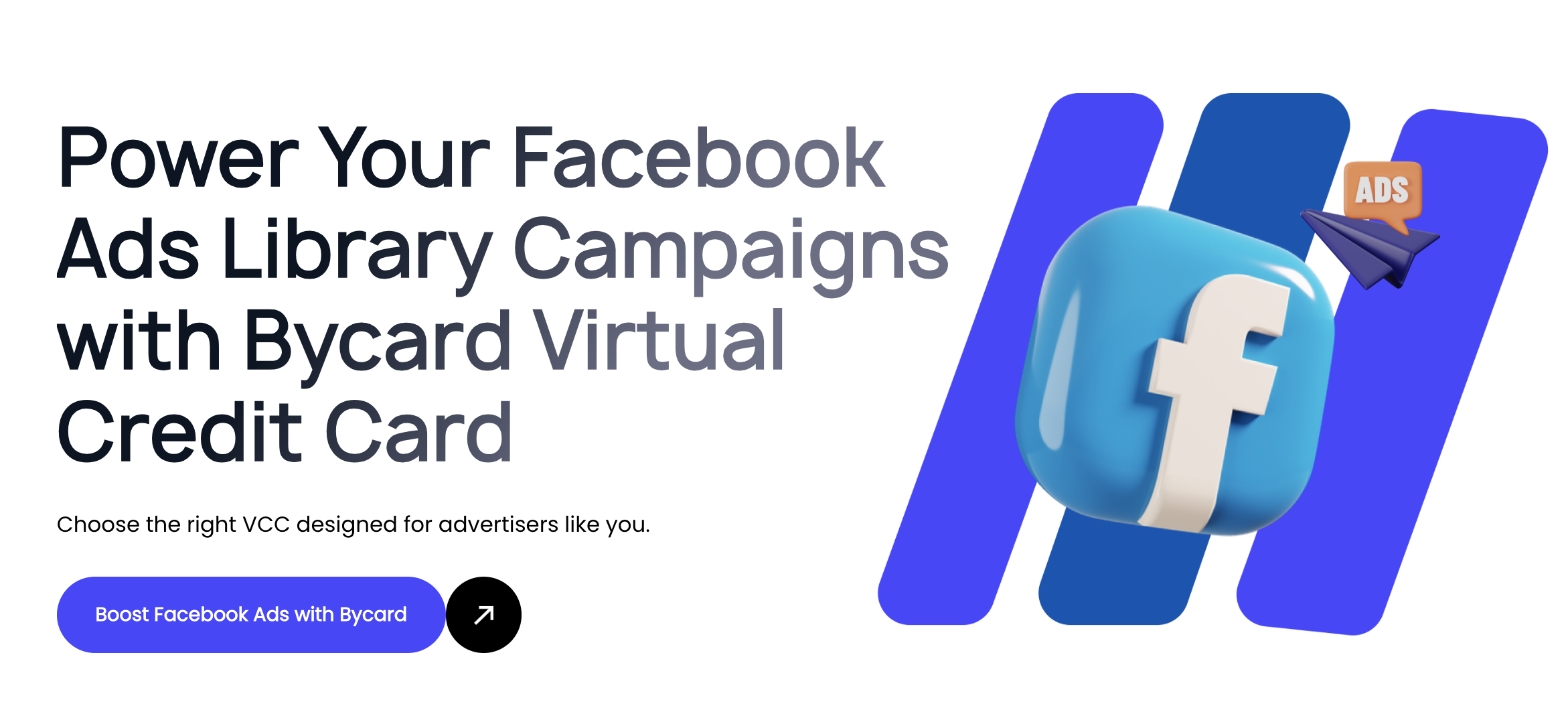
- Instant funding
Issue a virtual card in seconds for each Meta advertising. Launch now, reconcile later. - Clean cash control
Load budgets by campaign or account. Set daily and monthly caps that mirror planned Meta ads cost. - Fewer declines
Bycard’s diverse BINs and major network coverage help reduce random declines that can pause Meta ads. - Preload safely
If you choose available funds or see any upfront workflow, park money on a card dedicated to that account instead of exposing a main corporate card. - Real-time tracking
Get alerts on first charge, amount spikes, velocity bursts, and cross-border attempts. If something looks off, freeze and swap the card without calling a bank. - Fast reconciliation
Use card-level logs named by campaign, account, or client for clean reporting on Meta ads cost. Export weekly to your ledger. Finance sees a one-to-one map from invoice to card.
The big picture of Meta Advertising
Meta policies grab headlines, but the macro trend is larger: digital ad spend drives most growth and policy tweaks ripple through every KPI. Expect more tests, more automation, and more billing surfaces. Stay flexible. Keep cash liquid. Keep tools like Bycard ready to ensure Meta advertising spend and Meta ads cost remain controlled.
For context, multiple industry forecasts put 2025 digital ad spend near two-thirds to three-quarters of all ad spend globally. Planning and payment discipline pays off.
Conclusion
Treat the “upfront billing” story as a be-ready signal. Official docs still show thresholds, invoices, and available funds. But teams should model both scenarios and harden cash controls.
Run smaller tests. Watch early metrics. Separate payment methods by account or campaign. Keep a backup card ready. With Bycard, you issue cards in seconds, set caps that mirror plan budgets, and get alerts that keep you ahead of surprises. You stay funded. You stay live. You stay in control.


